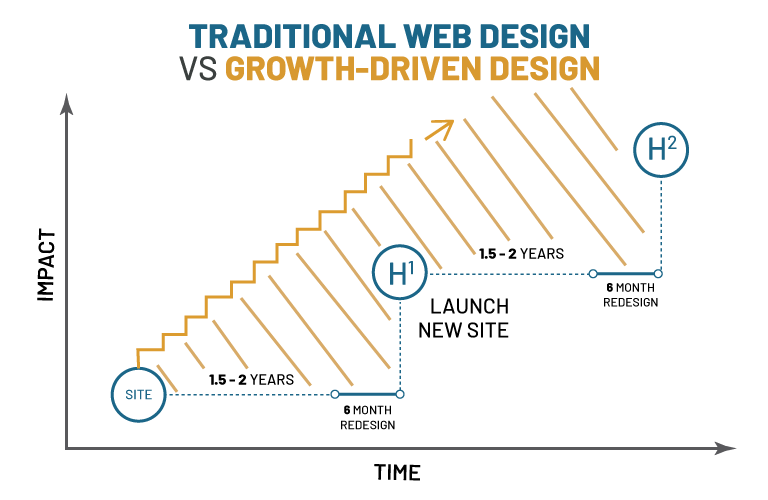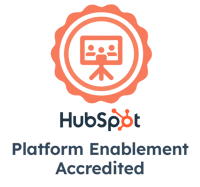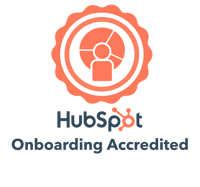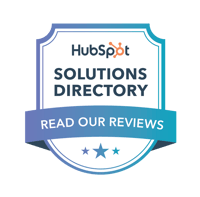If a button sits on a website but no one is there to click on it, does it even exist?
Having a great website doesn't amount to much if no one is visiting it.
Getting website traffic is a common goal for our clients, and there are a few simple steps you can take today to drastically increase your monthly traffic.
1. Optimize for Long-Tail Keywords and Search Intent
"Florists near me" is example of a keyword, something you would type into Google (or, increasingly, speak into your phone) to find what it is you're looking for.
There are two primary types of keywords: short tail and long tail keywords. Short tail keywords are only one or two words, while long tail keywords are longer phrases.
Example:
Short Tail Keyword: SEO
Long Tail Keyword: What is On-Page SEO?
As a business on the other side of the equation you have to tap into that consumer mindset to find the right keywords to use in Search Engine Optimization (SEO).
When doing keyword research you'll come across many short keywords like "florist" or "dentist." However, going after those keywords is more challenging because they are so competitive.
Instead, try using long-tail keywords. Long-tail keywords are more specific and reflective of how people search: “gas stations near me,” “what is SEO,” “cheap carpet cleaners.”
These keywords typically see less volume than short keywords but are much easier to rank for. You can rank #1 for several long-tail keywords, versus #20 for a specific short keyword. They also tend to be much more focused on search intent, which is the reason behind why people search. This means that you're focusing on a smaller pool of people, but ones that are more likely to be your ideal customer than a broad net.
→Read Now: Why Search Intent Optimization is as Important as SEO
2. Sharpen Your On-Page SEO
Ranking when people search on Google is essential to boost lead generation on your website. If you don’t show up within the first two pages of a Google search, your chances of getting found drop to nearly zero. It’s important not just to show up for your business name, but also for searches for what you do, and your services.
Search Engine Optimization (SEO) is a strategy of writing and structuring your website with search engines in mind. On-page SEO is the practice of following specific guidelines to give your content the best chance at showing up in search.
This includes:
☐ Keyword in Meta Title
☐ Keyword in URL
☐ Keyword in Meta Description
☐ One H1 Tag on the Page (this will be the page title by default on WordPress)
☐ All Images Have ALT Tags
☐ There are Subheads on the Page
☐ Target Keywords Appear in the First 100-150 Words
☐ Body Uses Semantically Related Keywords
☐ Body Includes Internal Links to Other Areas of Your Website
→Read Now: On-Page SEO Steps [Free Checklist]
3. Find Your Target Audience and Write to Them
As much as you would love to, your business is not going to appeal to every person in the world. The best way to get more traffic to your website is by targeting specific audiences who need your services, vs a wide net.
You can define your audience by creating buyer personas - fictionalized representations of your ideal customers. You can then optimize your website's content with these personas in mind to find real people that match those criteria.
This tactic shifts the way you might write your content and the topics you focus on in your blogs. Knowing who your audience is means you can provide them with the exact type of content they're most likely to search for.
For example, a company selling shampoo for curly hair could write a blog post titled "The Best Shampoo" but this is extremely broad. A blog titled "Which Shampoo is Best for Curly Hair?" is much more focused on their market and much more likely to find that audience.
→Read Now: What is a Buyer Persona? (And How Do I Make One?)
4. Advertise Online
If you want to generate a lot of traffic to your website quickly, advertising online is the way to go. Whether you use Facebook or Google will depend on your target audience and your goals, but either avenue will bring them back to your website. This is a great way to drive a lot of short term traffic to your website.
It's important to still use SEO and user experience best practices, because if you drive people to your website but it's unusable, you won't see much return traffic.
→Read Now: 5 Places to Advertise Online (That Aren't Facebook, Google or Amazon)
5. Regularly Update Your Website
One of the factors that search engines take into consideration when ranking websites is how often that website is updated. Regularly updating your website can drastically increase your traffic by increasing your rankings.
That's where Growth-Driven Design (GDD) comes in. Growth-Driven Web Design is an approach to web design that focuses on smaller changes executed throughout the year, based on user data. Instead of focusing all your time and energy upfront and then waiting years to update again, you spend less time initially on the site but more time throughout the year tweaking your site based on data.

Growth-Driven Web Design breaks out of the mold of traditional design to take a more proactive approach. It focuses on converting leads and staying on top of design trends by following user behavior.
In a Growth-Driven Web Design approach, websites are continuously updated every month, with substantive changes to keep your users engaged and moving through the buyer’s journey.
Driving more traffic to your website is a challenge, but these tactics will help you get more monthly viewers.
An Introduction to Growth-Driven Design
Instead of front-loading web design with a costly and lengthy new design, GDD treats your website like a living entity and focuses on substantive, impactful updates spread throughout the year.
GDD is data-driven, data-proven, and an overall more effective approach to web design.
BizzyWeb is a Minneapolis-based digital marketing and web design agency that helps companies get the high-quality leads they need to grow and thrive. Our tactics include inbound marketing, SEO, advertising, web design, content creation and sales automation. We are an accredited HubSpot Platinum Partner and we offer full-service HubSpot onboarding, enablement and strategy for new and current users.






